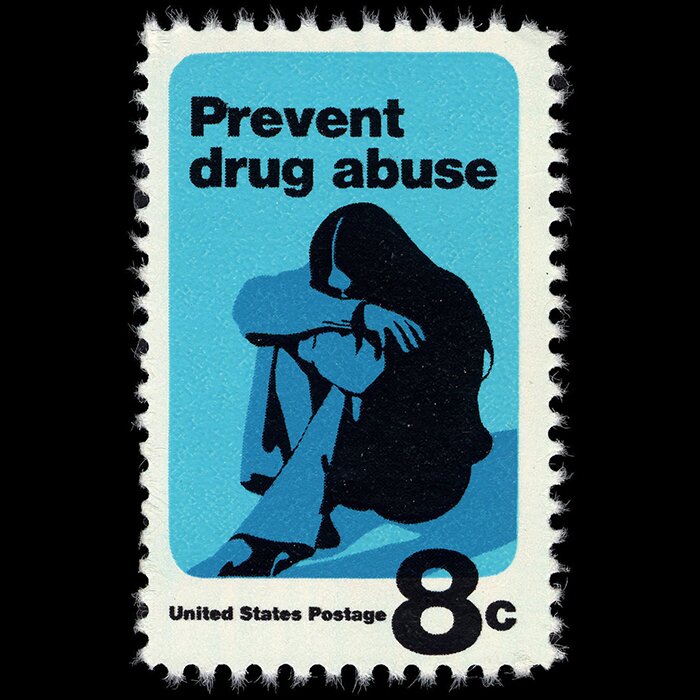One In Three Children Were In Foster Care In 2017 Due To Parental Drug Abuse

During the fiscal year of 2017, children who entered foster care due to drug abuse in parents rose rapidly for the sixth year in a row. Of the children who were under the age of 18 years that were removed from their parents during the fiscal year 2017, 36 percent of those children were removed due to parental drug abuse.
According to the analysis from the fiscal years of 2016 and 2017, most states had an increase in the number of children entering foster care due to drug abuse.
Out of those states that showed an increase, six of those states New York, Wyoming, South Dakota, Ohio, and Wisconsin, as well as the U.S. Territory of Puerto Rico, saw the most significant increases. Interestingly, Louisiana, New Hampshire, and District of Columbia had the most substantial decrease over the rates of children entering foster care. It’s important to note that prices may increase for other reasons than that of drug abuse in parents. An excellent example of this is that many of these states implemented newer policies or newer practices that more clearly identified those children who may require protection by welfare services. This, in and of itself, could account for the more significant number of children who entered into foster care.
Neglect is the nationally recognized reason for children being removed from the home. However, these cases may have other factors that are underlying such as mental health issues, drug and alcohol abuse, and more. Many of these cases may have gone unreported for many years until the time of removal. This threshold indicates that there are many variables to consider the reasons that children enter foster care. Some may be due to lower thresholds due to a failed urinalysis or due to investigators who are suspicious. Other children aren’t counted because these children are staying with family, friends, or relatives instead of entering the foster care system.
Media attention has long focused on the increase of opioid use ad the main contributing factor for children entering the foster care system. Per recent reports from the Assistant Secretary for the Planning and Evaluation of such Social Services, some counties tend to have a higher use of drugs than others. They also report a higher rate of hospitalization and deaths due to opioid use. This, in and of itself, may skew the results since there are more in certain counties than others who are using opioids. This can give a more significant increase in the numbers. As one begins to understand the system, the results can be more readily calculated. Another challenge is that the particular types of drugs in use aren’t always calculated.
In spite of the growing wealth of knowledge, the challenge remains in the issue. Drug addiction is rampant in the United States and territories. It affects all walks of life. Many areas lack the necessary resources for treating the parent’s drug addiction. There is also a severe shortage of foster homes in many areas, especially for children of drug addicts. Many prevention services are offering a bit of relief to those families who may be affected by drug addiction and reducing the risk of children being mandatorily removed from the home. Further preventive services include mental health as well as substance abuse services. This can offer families more support to help prevent the need to remove children from parental custody.
The next analysis of the fiscal year for foster care will examine how younger children are doing in the foster care system.